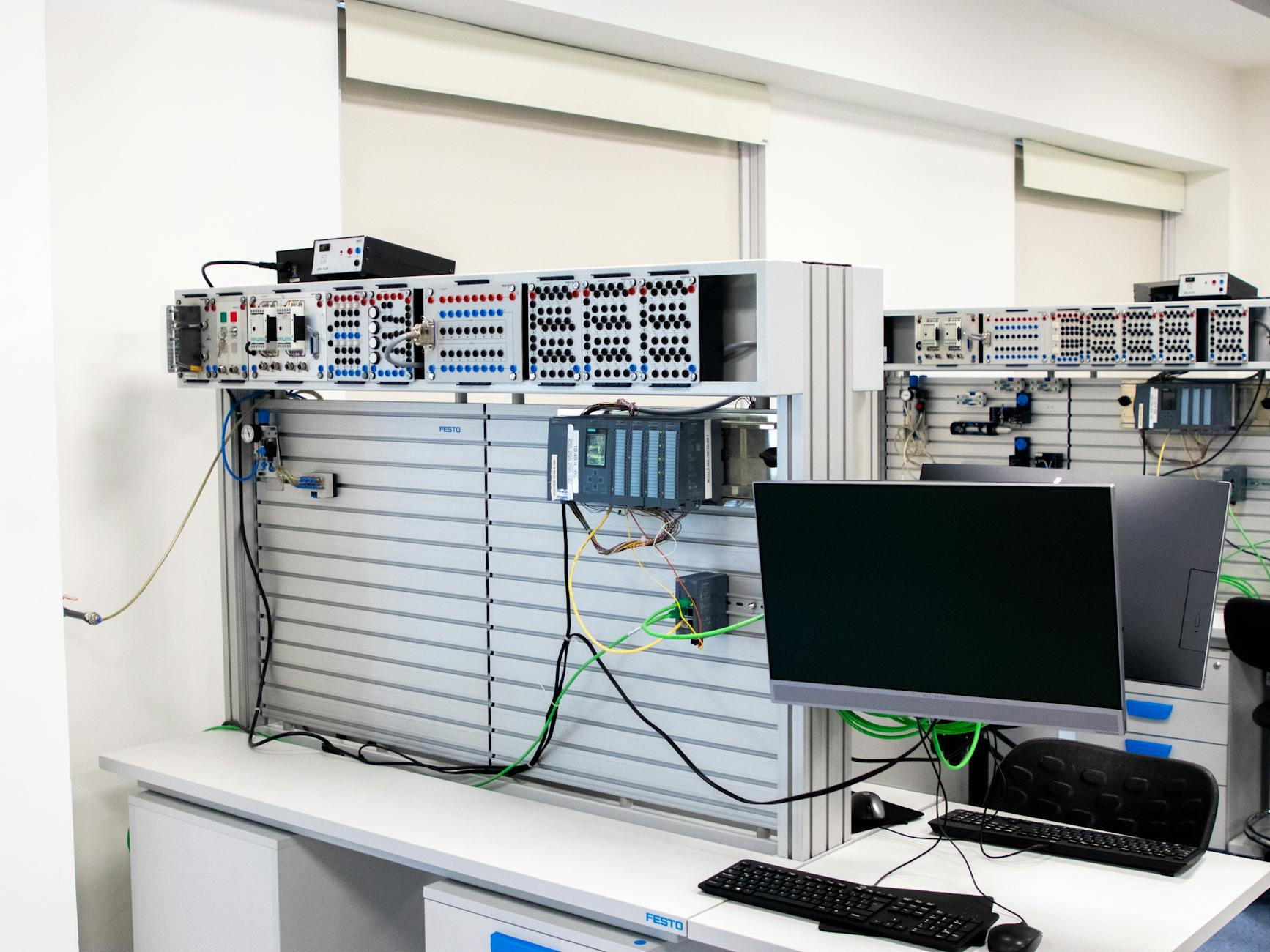TCP/IP Model Layers and Functions

Categories:
4 minute read
- Network Access Layer (Layer 1)
- Internet Layer (Layer 2)
- Transport Layer (Layer 3)
- Application Layer (Layer 4) Let’s examine each layer in detail, starting from the bottom up.
Network Access Layer
Overview The Network Access Layer, also known as the Network Interface Layer or Link Layer, is the foundation of the TCP/IP model. This layer handles the physical transmission of data between devices on the same network. Key Functions
Physical Addressing:
Manages MAC (Media Access Control) addresses
Handles physical device identification
Controls hardware addressing schemes
Data Framing:
Organizes data into frames
Adds error detection information
Manages frame synchronization
Media Access Control:
Controls access to physical media
Manages collision detection and avoidance
Coordinates shared medium usage
Protocols and Standards
- Ethernet
- Wi-Fi (802.11)
- PPP (Point-to-Point Protocol)
- Token Ring
- FDDI (Fiber Distributed Data Interface)
Internet Layer
Overview The Internet Layer enables data routing between different networks, making it possible for information to traverse multiple networks to reach its destination. Key Functions
Logical Addressing:
Implements IP addressing
Manages subnet addressing
Handles address resolution
Routing:
Determines optimal paths for data
Manages routing tables
Handles packet forwarding
Fragmentation and Reassembly:
Breaks large packets into smaller units
Reassembles fragments at destination
Manages Maximum Transmission Unit (MTU)
Primary Protocols
IPv4 and IPv6:
Provides logical addressing
Handles packet formatting
Manages address allocation
ICMP (Internet Control Message Protocol):
Error reporting
Network diagnostics
Status messaging
ARP (Address Resolution Protocol):
Maps IP addresses to MAC addresses
Maintains address resolution tables
Handles address conflicts
Transport Layer
Overview The Transport Layer ensures reliable data delivery between applications, managing the quality, flow, and integrity of data transmission. Key Functions
Connection Management:
Establishes connections
Maintains session state
Handles connection termination
Flow Control:
Prevents buffer overflow
Manages transmission rates
Coordinates data flow
Error Control:
Detects transmission errors
Manages retransmissions
Ensures data integrity
Primary Protocols
TCP (Transmission Control Protocol):
Connection-oriented communication
Reliable data delivery
Ordered packet delivery
Flow control and congestion management
UDP (User Datagram Protocol):
Connectionless communication
Fast, lightweight transmission
No guaranteed delivery
Minimal overhead
Application Layer
Overview The Application Layer is the topmost layer, providing network services directly to end-users and applications. Key Functions
Application Services:
Email Handling
File transfer
Web browsing
Remote access
Data Formatting:
Standardizes data presentation
Handles encryption
Manages compression
Session Management:
Controls dialogue between applications
Manages authentication
Handles authorization
Common Protocols
HTTP/HTTPS:
Web page transfer
Secure communication
RESTful services
FTP/SFTP:
File transfer
Directory services
File management
SMTP/POP3/IMAP:
Email transmission
Message retrieval
Mailbox management
DNS:
Name resolution
Domain management
Service discovery
Layer Interaction and Data Flow
Encapsulation Process
Application Layer:
Creates user data
Adds application headers
Transport Layer:
Adds TCP/UDP header
Creates segments/datagrams
Internet Layer:
Adds IP header
Creates packets
Network Access Layer:
Adds frame header and trailer
Creates frames
Data Flow Example Consider sending an email:
- The Application Layer creates the email message
- The Transport Layer segments the message and adds reliability
- Internet Layer addresses and routes the segments
- Network Access Layer transmits the physical signals
Troubleshooting and Diagnostics
Layer-Specific Tools
Network Access Layer:
Cable testers
Network analyzers
Signal strength meters
Internet Layer:
Ping
Traceroute
IP configuration tools
Transport Layer:
Port scanners
Connection monitors
Protocol analyzers
Application Layer:
Web debugging tools
Protocol-specific analyzers
Application monitors
Security Considerations
Layer-Specific Security Measures
Network Access Layer:
MAC filtering
Port security
Physical access control
Internet Layer:
Firewalls
IPSec
Access Control Lists (ACLs)
Transport Layer:
TLS/SSL
Port filtering
Connection monitoring
Application Layer:
Authentication
Encryption
Access control
Conclusion
Understanding the TCP/IP model layers and their functions is crucial for network professionals and anyone involved in internet technologies. Each layer serves specific purposes and works in harmony with the others to enable the reliable, efficient communication we depend on daily. The modular nature of the TCP/IP model allows for flexibility and innovation within each layer while maintaining compatibility across the entire system. This architecture has proven remarkably resilient and adaptable, supporting the internet’s evolution from its early days to today’s complex, interconnected world. As networks continue to evolve and new technologies emerge, the fundamental principles of the TCP/IP model remain relevant, providing a solid framework for understanding and implementing network communications. Whether you’re troubleshooting network issues, developing network applications, or designing network infrastructure, a thorough understanding of these layers and their functions is essential for success in the field of networking.
Feedback
Was this page helpful?
Glad to hear it! Please tell us how we can improve.
Sorry to hear that. Please tell us how we can improve.